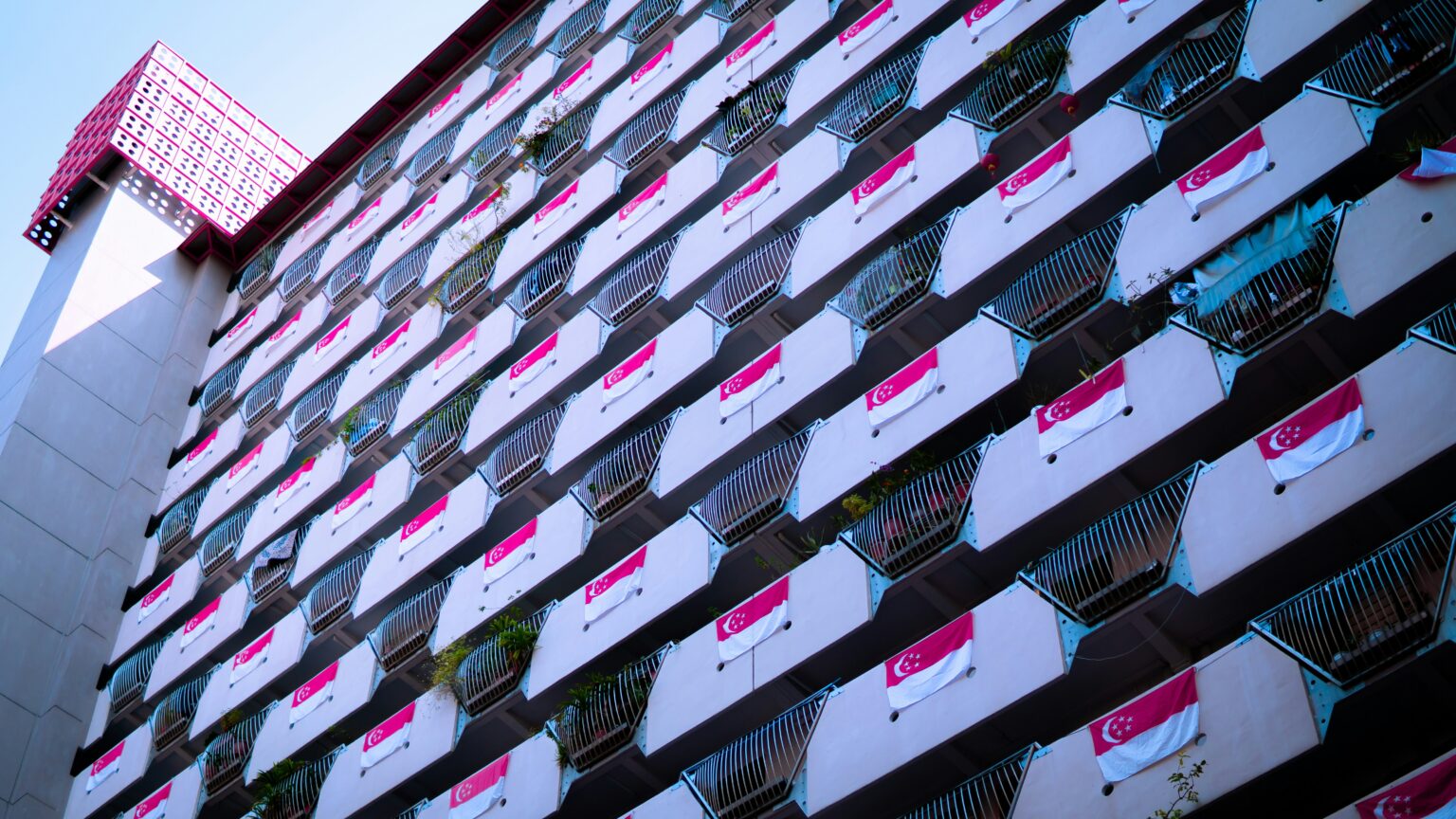If there’s a test of whether a country’s digitalisation efforts actually benefit citizens, there’s probably no better one than the tough two years or so during the Covid-19 pandemic.
Thanks to fast fibre broadband links and mobile networks, people in Singapore could continue working from home and food delivery services could operate during those difficult times.
Earlier digitalisation efforts in the government sector also made it possible to set up a tracking and scanning tool with ready-made components in weeks. This helped cut down the spread of the virus.
Plus, during the pandemic, a new vaccine registration system was set up in under a month, ensuring people could get jabbed and be protected against the deadly virus.
So, now, as the Singapore government looks to refresh many Smart Nation efforts started a decade ago, it does so with a track record and strong wind behind its sail that many other countries will envy.
On October 1, Prime Minister Lawrence Wong said new Smart Nation 2.0 efforts would broaden their focus because the digital landscape is vastly different from back in 2014.
Besides promoting new capabilities in AI, for example, the new vision he shared would also include efforts to mitigate, reduce or cope with the possible downsides of technological change.
It’s notable that he pointed to threats that come with new technology changes. Scams, cyber bullying, misinformation and social divides were some examples he gave.
Also worrying were job disruptions to workers who could not cope with technological changes, he said.
These are timely, as the ills of digitalisation are going to be more prevalent, even as its improvements become more obvious for citizens.
Think of the harms that platform economy companies, such as ride-hailing operators, can create, even as they bring convenience to people.
Skyrocketing car prices have been attributed to ride-hailing firms’ aggressive bidding for certificates of entitlement (COEs) needed to own a car here, thus depriving many middle-class families of the ability to own one.
As some of these online platforms leave a market abruptly, they sometimes also leave behind a raw deal for customers and even rubbish for the state to clean up. Just recall how oBike left Singapore in 2018, with its bikes strewn all over the city.
In the past decade, cyber attacks have also delivered a painful lesson for Singapore. The unprecedented hacking of public health records in 2018, for example, highlighted the need to bolster cyber defences and for citizens to understand the importance of data protection.
Of late, as digital channels have become the default way to transact, new challenges for a “smart nation” have begun to surface as well.
Think of DBS’ high-profile outages in the past two years that have affected millions of users and retailers. Don’t forget OCBC’s scam case in 2021, when hundreds of victims lost savings of S$13.7 million.
How can such private entities, which run critical infrastructure crucial to a digital economy, be made to be more resilient and responsible?
Can they be made to share the risks and downsides of digitalisation more evenly with consumers, after they have reaped the benefits?
Already, there is a framework being prepared to enhance existing norms and practices, so it is positive that the government is looking ahead.
What Smart Nation 2.0 needs are more such forward-looking efforts, and ultimately, adequate protection for individuals who deserve a fair outcome from the digitalisation efforts in the next decade.
None of the issues faced in the past decade will detract from Singapore’s digitalisation drive. On the contrary, the Republic should be held up as example of how such efforts have translated into real-world results.
Some situations, however, will be hard to resolve because Singapore is always a small market – a price taker, not a price maker. It needs to spot a trend and follow, yet be wary of the uncertainties along the way.
Consider the job cuts at high-profile technology firms in the past 18 months. Earlier this year, Lazada laid off about 100 people in Singapore, catching many by surprise, despite the global trend for layoffs in technology companies.
And just this week, Dyson, the much-praised electronics company, conducted a round of surprise layoffs in Singapore, despite saying earlier that workers here were not affected by its global retrenchments.
The British company, which had hired close to 2,000 people in Singapore at the end of last year, made waves when it made the city-state its global head office in 2019.
Amid much fanfare back then, Singapore was supposed to be the site to manufacture its first electric car. Barely a year in, the project was scrapped.
In a “smart nation”, there will be more such unexpected downsides in the next decade. Just as electric cars were the flavour of the month five years ago, today AI is enjoying major breakthroughs and it’s easy to follow the hype. Yet, each technology wave will face its challenges.
To succeed, a Smart Nation 2.0 will need resilience to bounce back from setbacks. In future, there will be fewer certainties, as companies seek to be fluid and agile, unencumbered by loyalties to a market and debts of gratitude to staff.
Even if you perform well in your job, and even if your company is highly profitable, you can lose your livelihood in an instant. Ask folks in Microsoft and Google who were let go because the Big Tech companies decided to pivot to AI.
The retraining and reskilling that are constantly encouraged here over the years will help keep citizens up to date and better prepared for the next big disruption.
In other words, being ready to open a new door as an old one closes. And doors will keep closing, even as new ones open, not just in the technology sector, but in others affected by technologies such as AI.
On the upside, new opportunities will be created in a country that is always plugged into the global engine for innovation. Fortunately, past efforts have given Singapore a headstart – it cannot afford to waste that.



